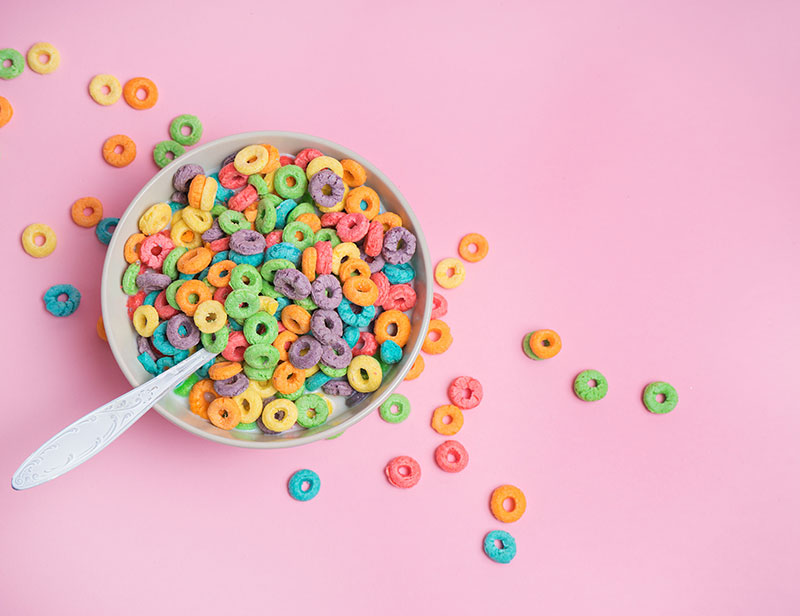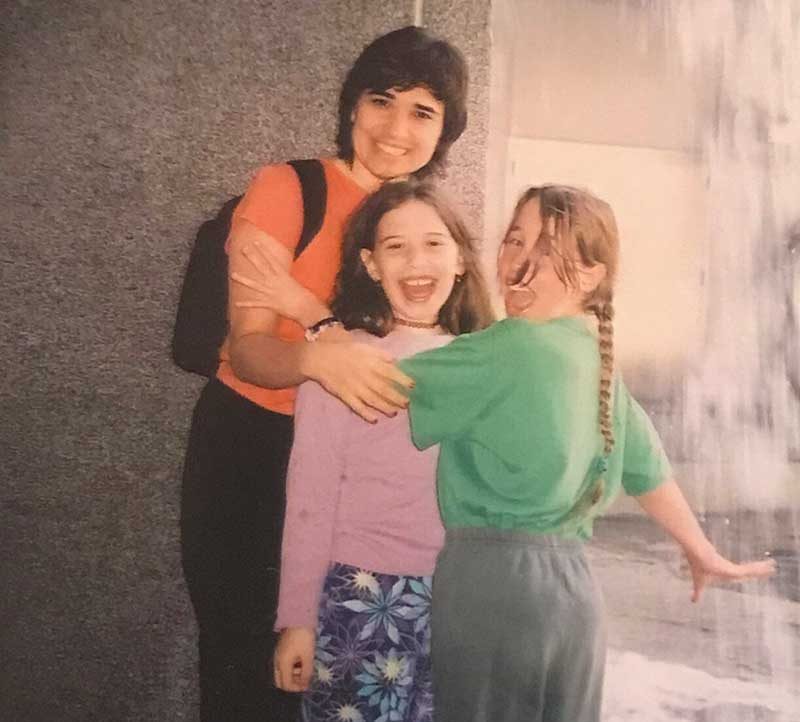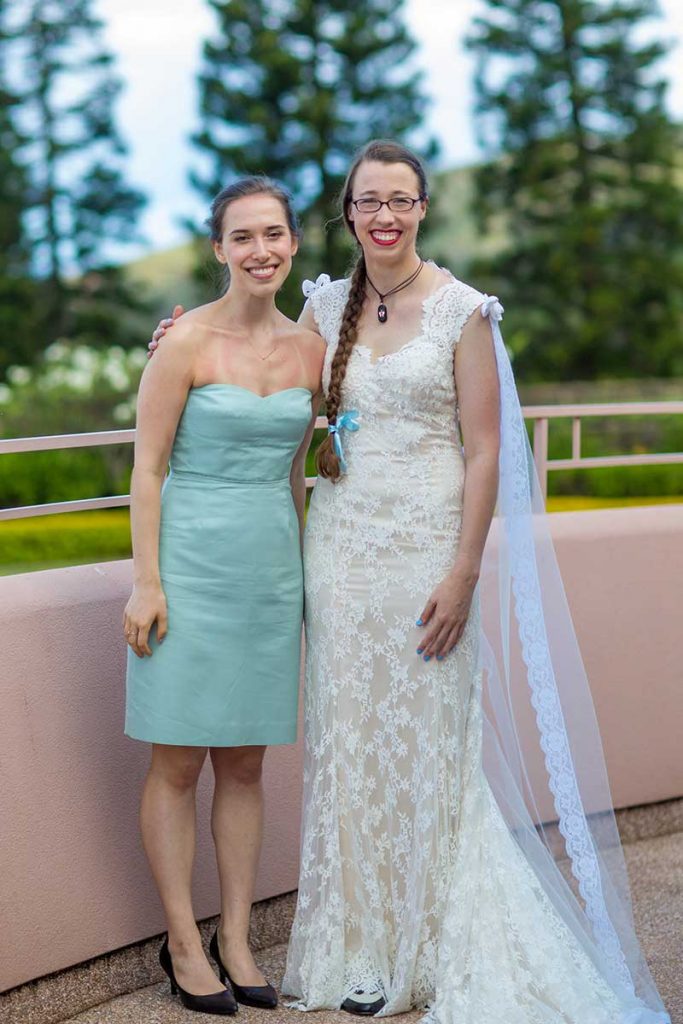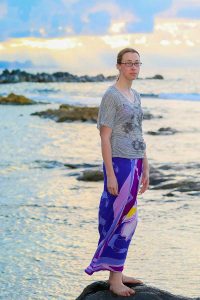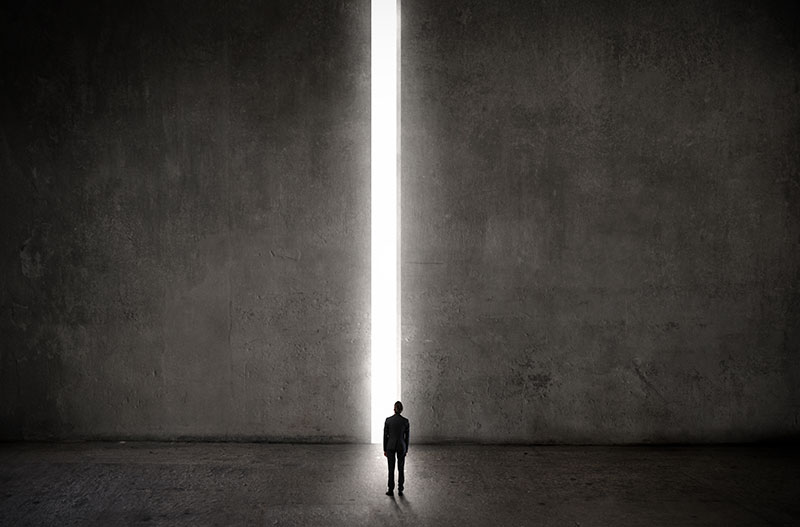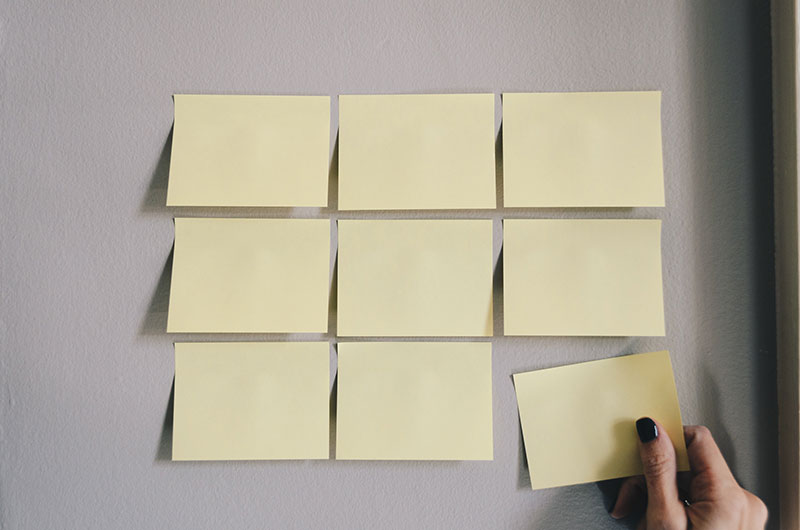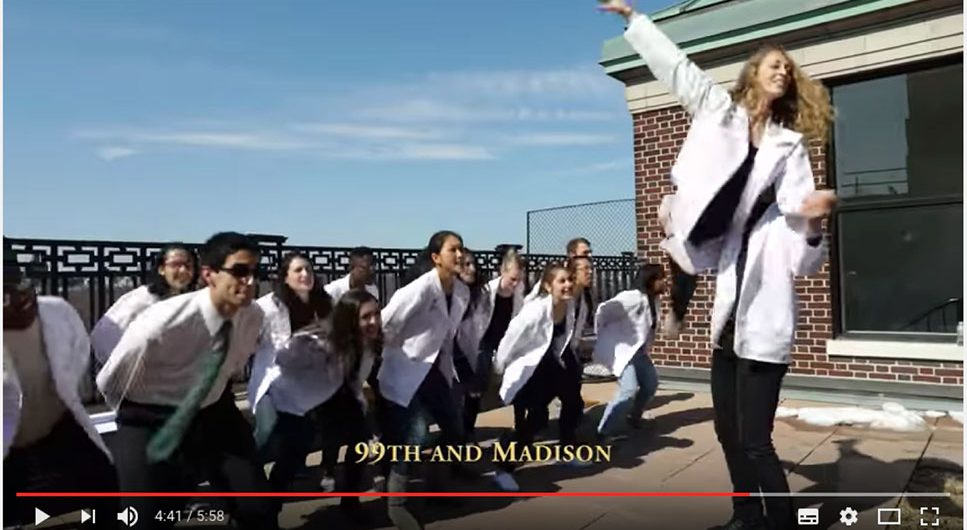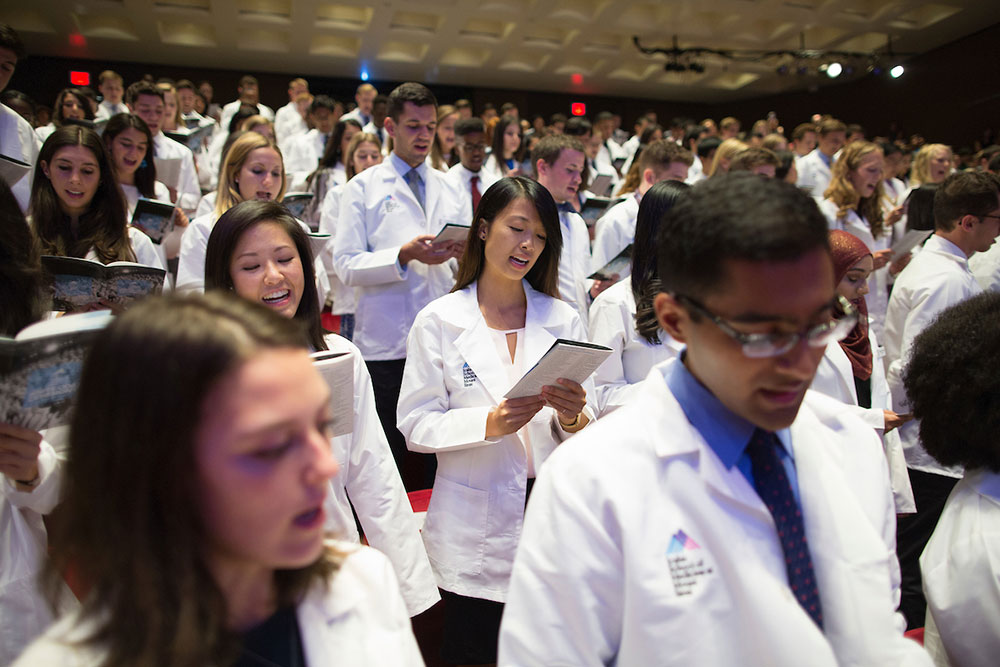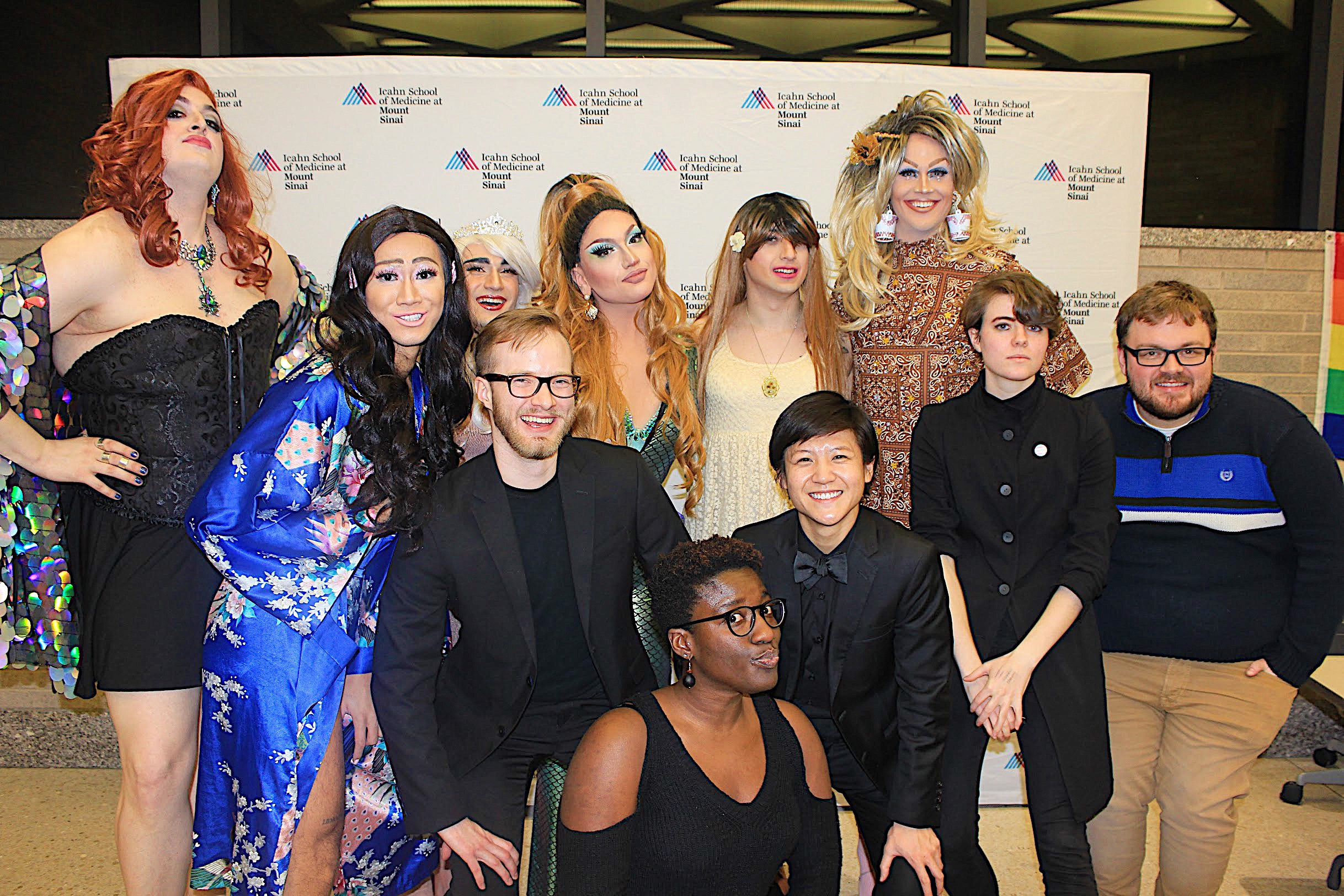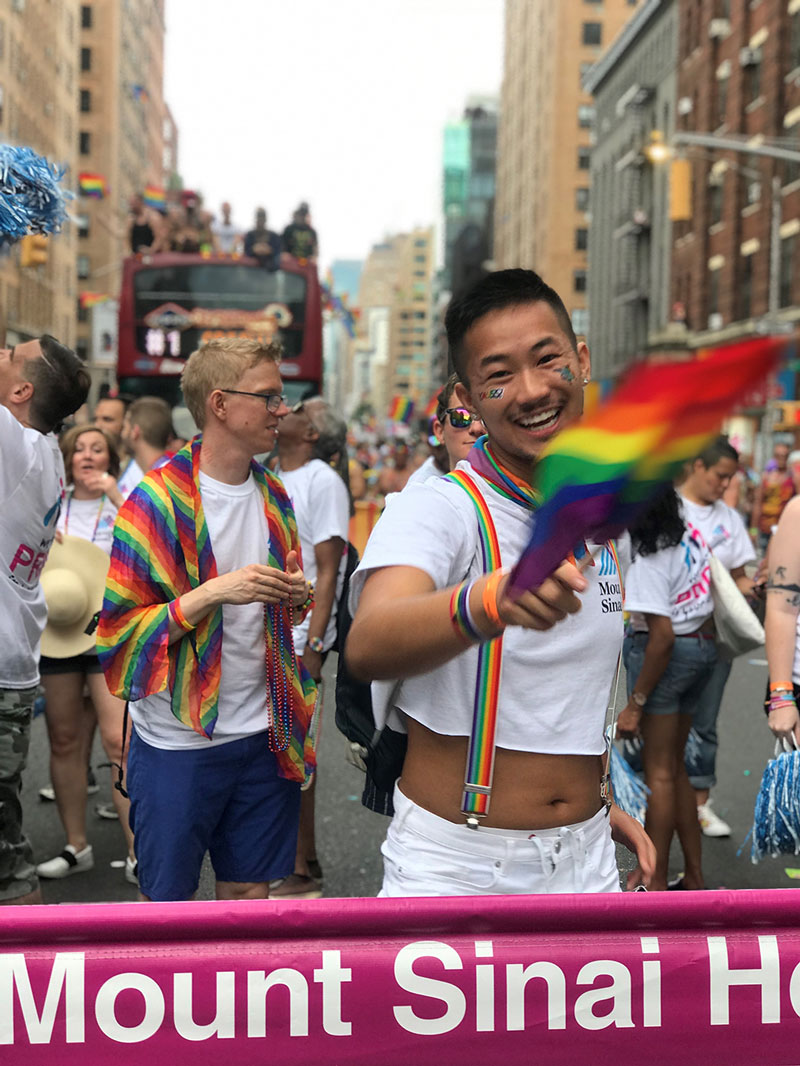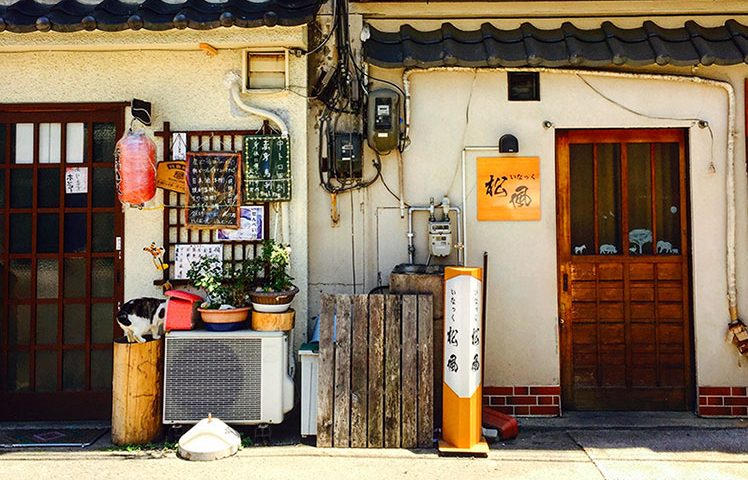Whenever anyone asks how many siblings I have, I just start laughing. It’s not a very straightforward story, but the direct answer is incredibly high; something like 27.
In a country still recovering from their vision of a “nuclear family,” (two parents, 2.5 children, a golden retriever, and a white picket fence) having 27 siblings is far too high. To be honest, I haven’t even met all of my siblings.
Nearly 20 years before the first episode of Modern Family aired on ABC, my mother decided she couldn’t wait for a relationship to give her son a younger sibling. With the help of her doctor, she researched various sperm banks, and came across the Sperm Bank of California, which she chose for its unique program: children conceived from anonymous donors had the option of seeking out their biological father when they grew up. Fourteen of my siblings were conceived through this sperm bank.
My mother decided to be very open with me about my background, and later my stepdad continued to encourage my curiosity. When I was five, I was explaining to the adults around me, how I was “conceived via artificial insemination,” and that one day I would meet my biological father. Soon my mom contacted the sperm bank, and found out I had a similarly curious half-sister. Our similarities did not end there. Despite having no musical inclinations from our families growing up, my half-sister, Annie, and I independently decided we needed to learn to play musical instruments. We were both passionate about science and the world around us. We were also born three days apart—a happy coincidence. At the age of nine, we finally met each other, and our mothers spent our whole (re)union excitedly comparing our similar features: the smile, the vein on the nose, the tilt of the head.
I met a few more of my siblings, and each time our parents noticed strange traits that we shared: from the way my brother Connor and I held our eating utensils, to the way Sophia and I have nearly the same exact voice and intonation. As the siblings met each other, we puzzled through the black box that made up the shared half of our genetics. More importantly, we grew together as a family—a ‘modern family’: a vast web of biological parents, step parents, and siblings stretching out across the country. I have six additional siblings from my step-father and biological mother, who are not descendants of the person we knew by his sperm bank identifier: Number 757.
On my eighteenth birthday, I sent paperwork officially asking for my biological father’s contact information. After two painstaking weeks, I was finally able to call him and get some questions answered. I’m certain there are no researchers interested in doing genome-wide association studies of estranged half siblings; nevertheless there was an indescribable feeling of looking into a mirror when I Skyped with this strange but familiar man.
After a career as a nuclear physicist, Henry, Number 757, went back to medical school in his late forties and was finishing up a residency in radiology when we met virtually. As he gestured with his fork in the particular way many of his progeny do, he explained his past as a semiprofessional opera tenor. His tendency for clutter was my messiness, stark against the more orderly household I grew up in. Henry celebrated with Annie and me as we were accepted to our undergraduate institutions and embarked on our parallel adventures towards medicine, and he told us about the other six siblings we hadn’t heard of—those he’d fathered, um, in person.
Eventually, after undergraduate at Stanford and a year off, medicine led me to the East Coast. In 2016, I began my first year at the Icahn School of Medicine at Mount Sinai as an MD/PhD student. Annie took two years off, working as a health care consultant in NYC, and was hoping to go to medical school in the city. Of all the medical schools to attend, somehow she ended up here, with me, which is pretty rad. I’d like to think it had something to do with our amazing Hamilton parody video, but it could just be genetic.
Camille Van-Neste is a second-year MD/PhD student at the Icahn School of Medicine, who is interested in the application of stem cells to regenerative medicine. She is pretty skeptical that people will read this bio, but if you do, she says, “Hi.”

